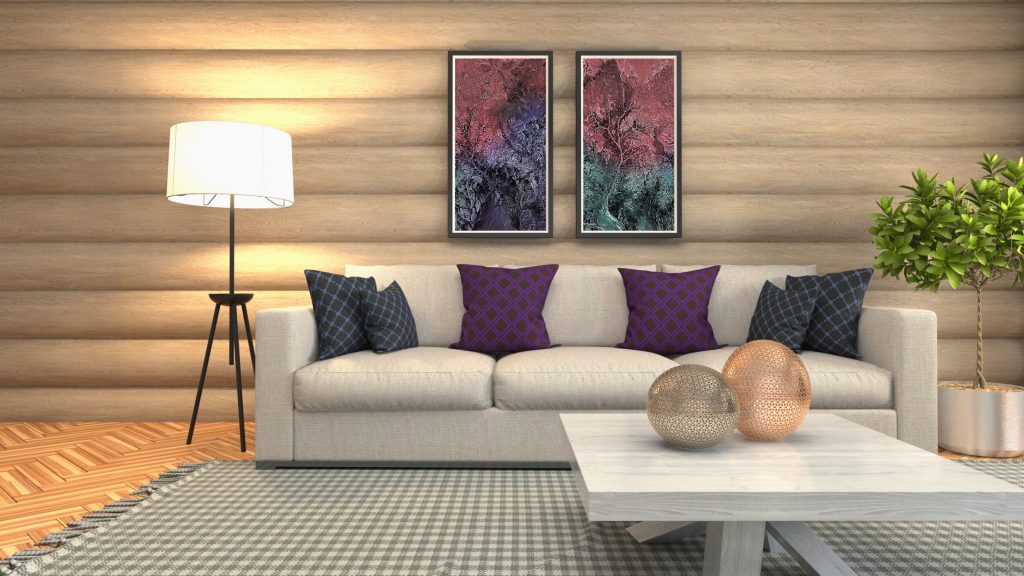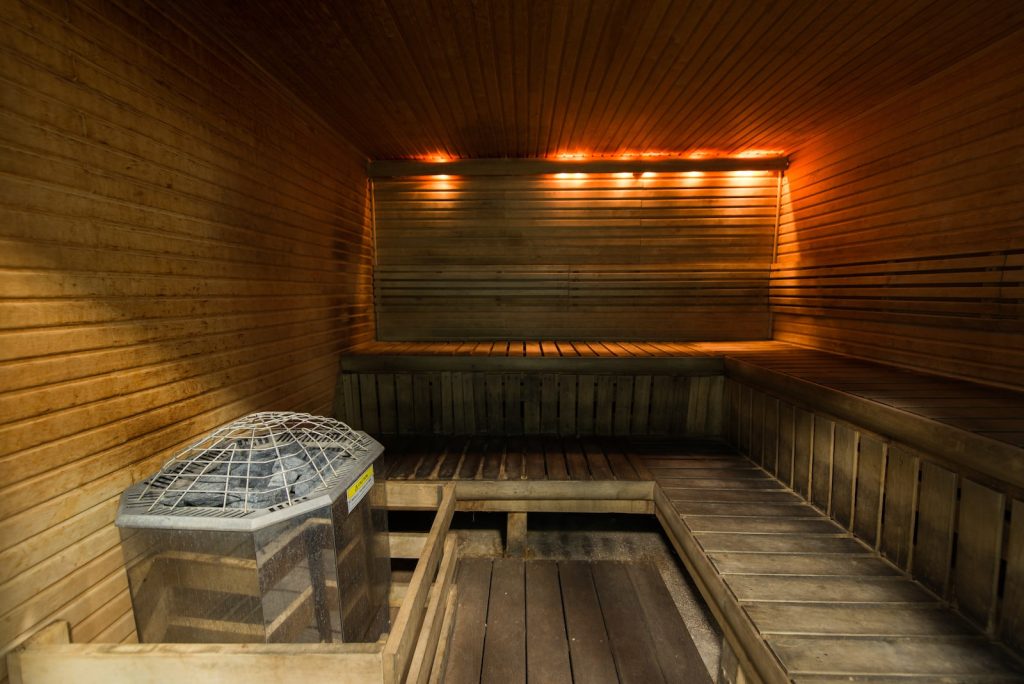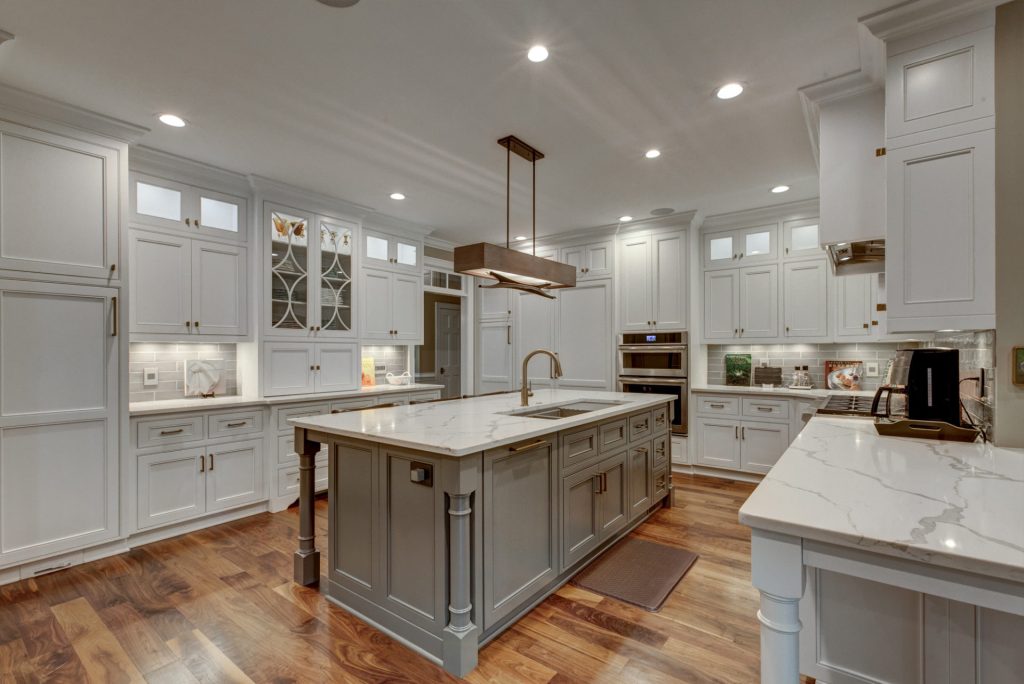Boost Property Value Instantly with a Roof Cleaning Service in Altrincham
A well-maintained roof plays a crucial role in preserving the value and appeal of a property. Over time, roofs can accumulate dirt, moss, algae, and other debris, leading to a worn-out and neglected appearance. In Altrincham, where homes and businesses alike benefit from a clean and attractive exterior, a thorough roof cleaning service can make a significant difference. Not only does it enhance the overall aesthetic, but it can also increase property value and prevent long-term damage. One of the most immediate benefits of professional roof cleaning is its ability to restore a home’s curb appeal. A dirty or stained roof can make even the most well-kept property look unkempt, potentially deterring prospective buyers or reducing its marketability. By removing unsightly stains and buildup, a clean roof creates a fresh, well-maintained look that instantly boosts the attractiveness of a home. This visual improvement can be particularly valuable for those looking to sell their property, as first impressions are key in real estate.

Beyond aesthetics, regular roof cleaning helps to protect the structural integrity of the building. Moss, algae, and lichen thrive in damp environments and can gradually deteriorate roofing materials if left unchecked and view this site https://justcleanpropertycare.co.uk/altrincham/roof-cleaning-altrincham/. These organisms retain moisture, which can lead to rot, leaks, and even costly repairs. By investing in a thorough cleaning, homeowners can extend the lifespan of their roof, preventing unnecessary expenses down the line. Additionally, removing built-up debris allows for better water drainage, reducing the risk of water damage and mold growth inside the home. Energy efficiency is another often-overlooked benefit of maintaining a clean roof. Dark stains and organic growth can absorb heat, causing higher indoor temperatures, especially during warmer months. This can lead to increased energy consumption as cooling systems work harder to regulate the temperature. A clean roof reflects more sunlight, helping to maintain a cooler indoor environment and potentially lowering energy bills. In Altrincham, where weather conditions can vary, ensuring that the roof remains free of excessive heat-absorbing materials can contribute to a more comfortable living space.
Regular roof cleaning also helps maintain compliance with insurance policies and property maintenance standards. Some insurers may refuse to cover damages caused by neglect, particularly if moss or algae buildup contributes to leaks or structural issues. By keeping the roof in good condition, homeowners can avoid potential disputes with insurance providers and ensure that their policy remains valid. Furthermore, in areas with homeowners’ associations or local regulations, maintaining a clean roof may be necessary to meet aesthetic and property upkeep standards. Investing in professional roof cleaning is a cost-effective way to enhance property value, prolong the lifespan of roofing materials, and improve energy efficiency. Whether preparing a home for sale or simply aiming to maintain its best condition, regular cleaning ensures that the roof remains both functional and visually appealing. In Altrincham, where property value and exterior appearance are important factors, a well-maintained roof can make all the difference in preserving the beauty and longevity of a home.

 Businesses, especially those in the food service industry, are particularly vulnerable to pest infestations. Restaurants, cafes, and grocery stores can quickly become hotspots for pests due to the abundance of food and water sources. A single sighting of pests such as rodents or cockroaches can damage the reputation of a business, result in health code violations, and lead to lost customers. Even in non-food-related businesses, pests can create havoc. Offices, warehouses, and retail stores are susceptible to infestations by rodents, birds, and insects, which can damage inventory, destroy important documents, and cause unsafe working conditions. A comprehensive
Businesses, especially those in the food service industry, are particularly vulnerable to pest infestations. Restaurants, cafes, and grocery stores can quickly become hotspots for pests due to the abundance of food and water sources. A single sighting of pests such as rodents or cockroaches can damage the reputation of a business, result in health code violations, and lead to lost customers. Even in non-food-related businesses, pests can create havoc. Offices, warehouses, and retail stores are susceptible to infestations by rodents, birds, and insects, which can damage inventory, destroy important documents, and cause unsafe working conditions. A comprehensive 


 Flooring choices further elevate the kitchen’s aesthetic, with options ranging from classic hardwood to contemporary tiles that mimic
Flooring choices further elevate the kitchen’s aesthetic, with options ranging from classic hardwood to contemporary tiles that mimic  Similarly, a contemporary sofa can be enriched with throw pillows adorned with classic patterns, effectively bringing a touch of tradition into the living room. Color plays a pivotal role in harmonizing modern and traditional styles. While modern design often leans towards a neutral and monochromatic palette, traditional design thrives on rich, warm colors. Here, the fusion comes into play through careful selection in
Similarly, a contemporary sofa can be enriched with throw pillows adorned with classic patterns, effectively bringing a touch of tradition into the living room. Color plays a pivotal role in harmonizing modern and traditional styles. While modern design often leans towards a neutral and monochromatic palette, traditional design thrives on rich, warm colors. Here, the fusion comes into play through careful selection in